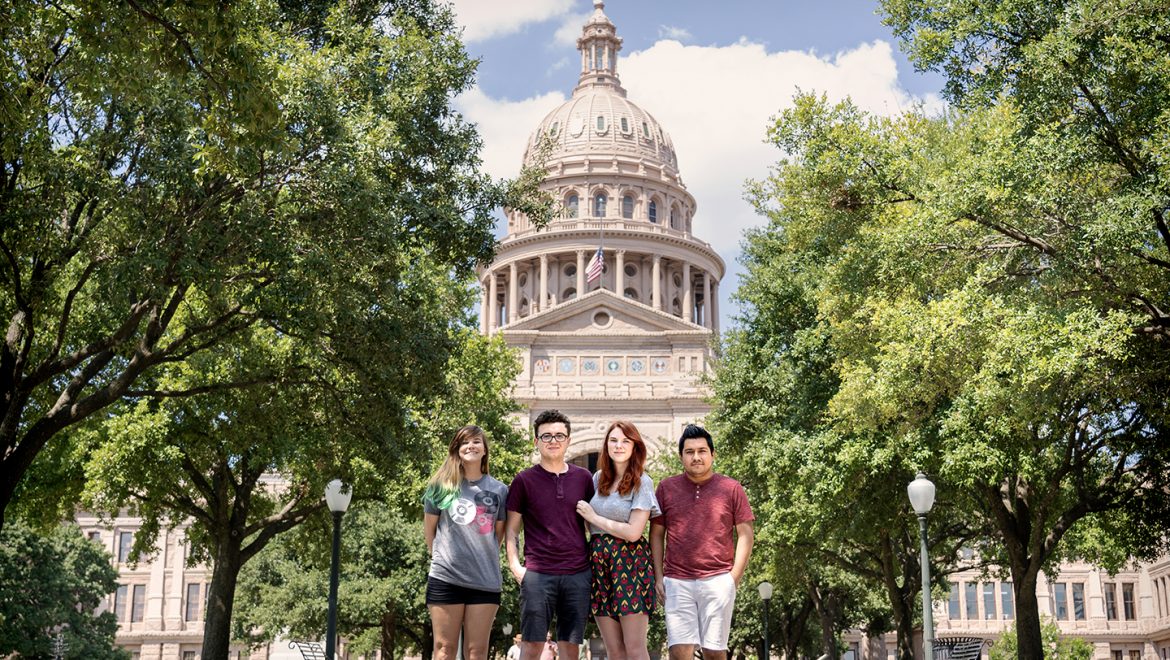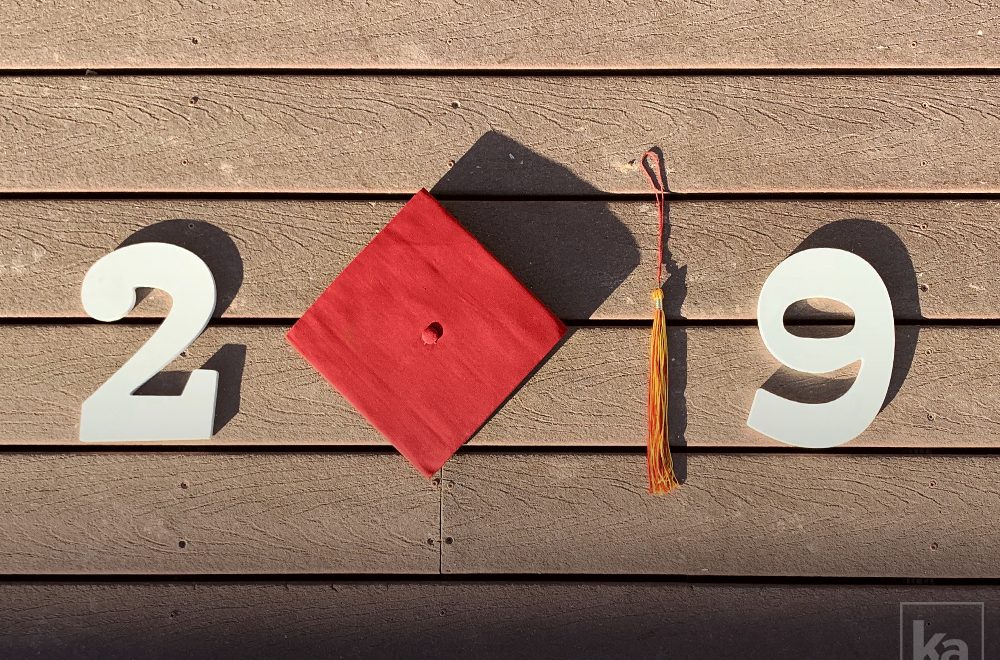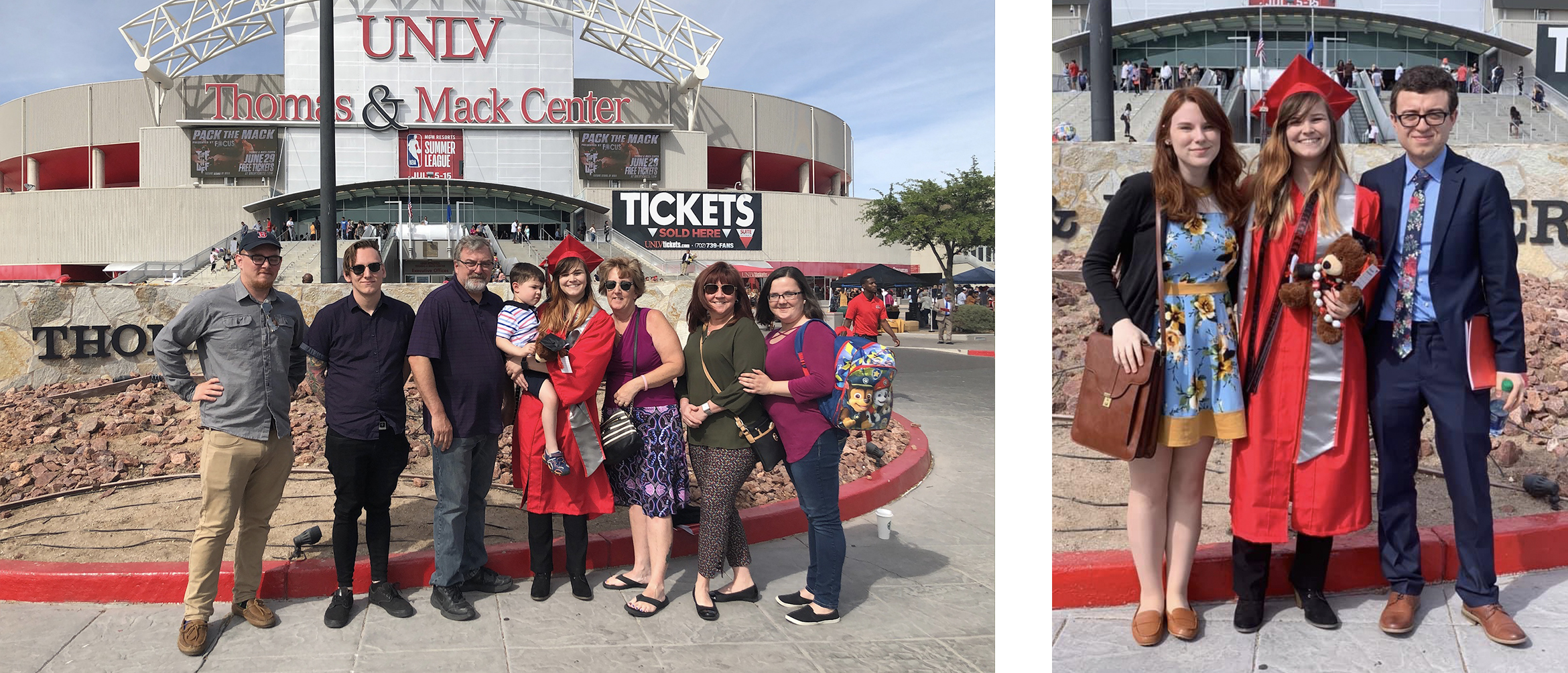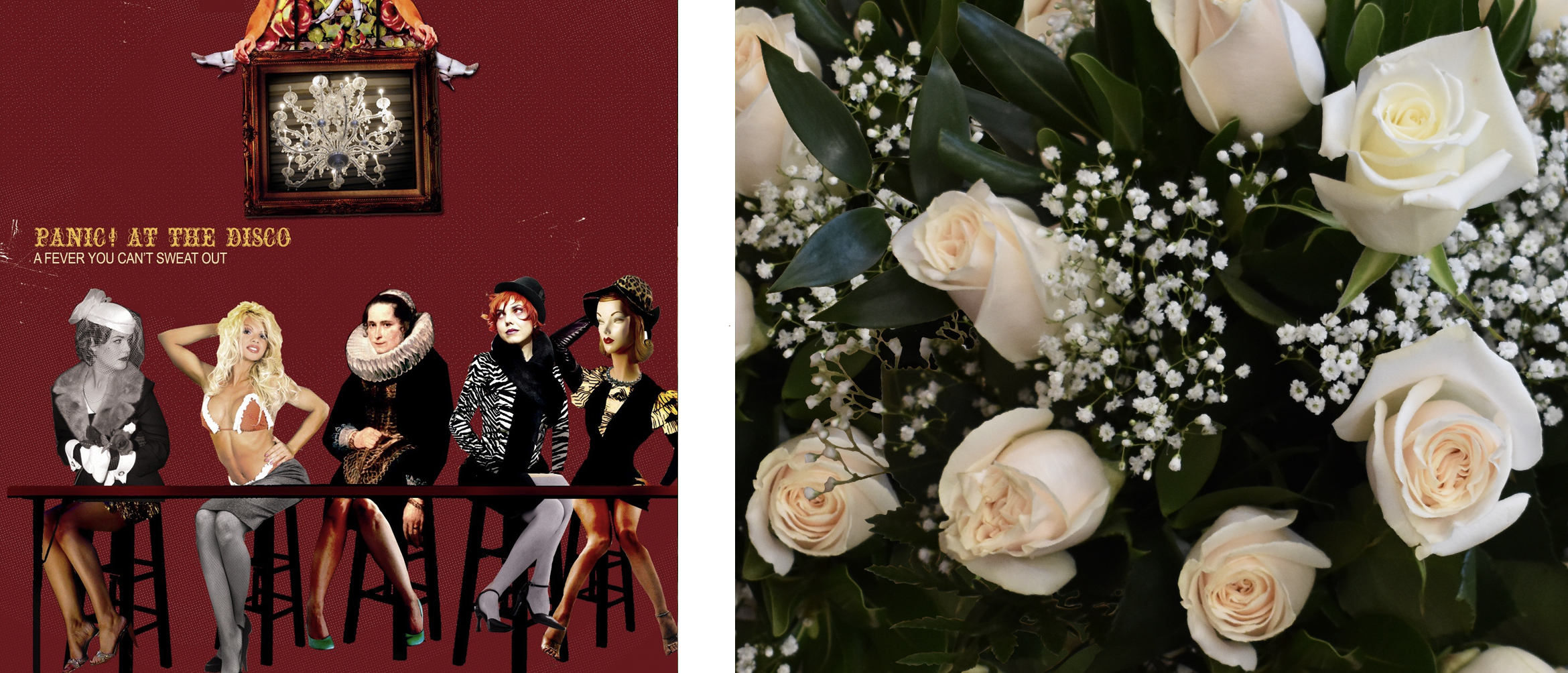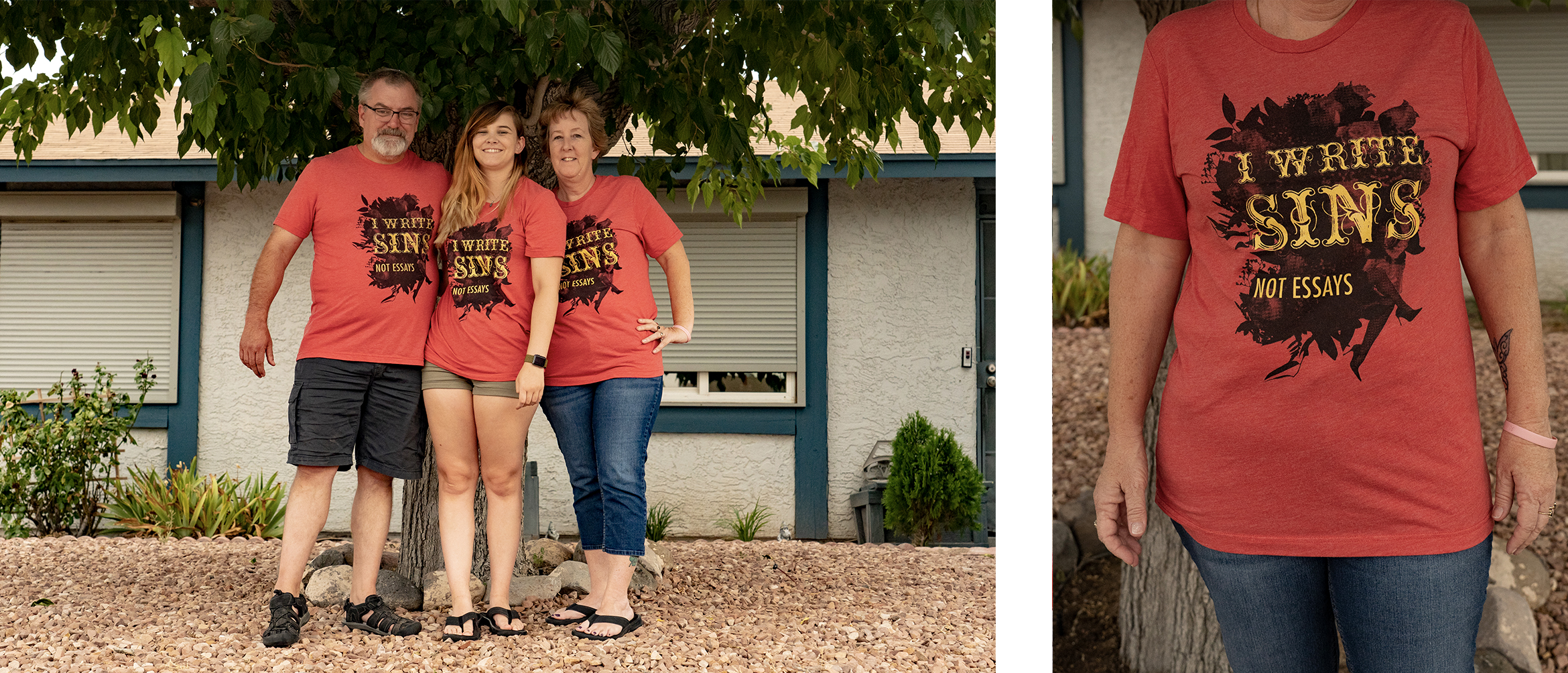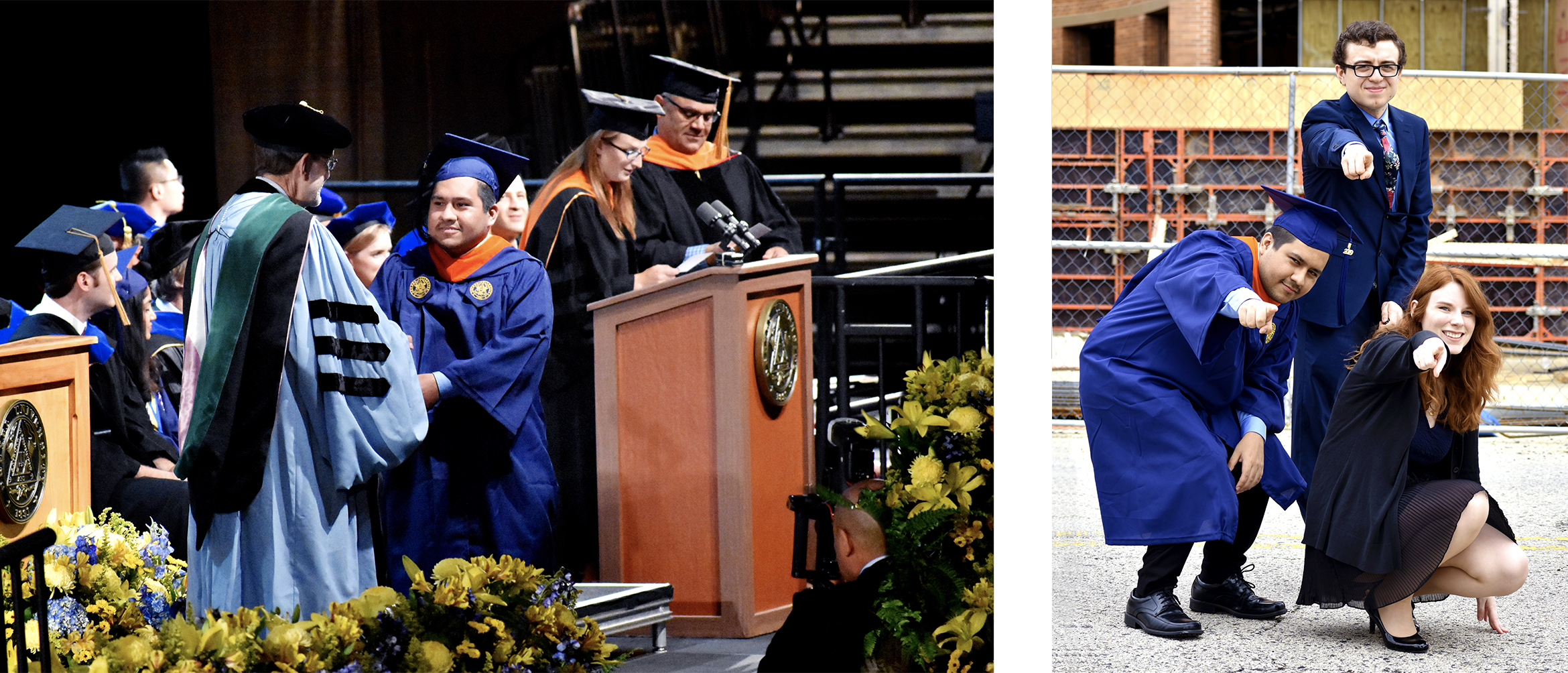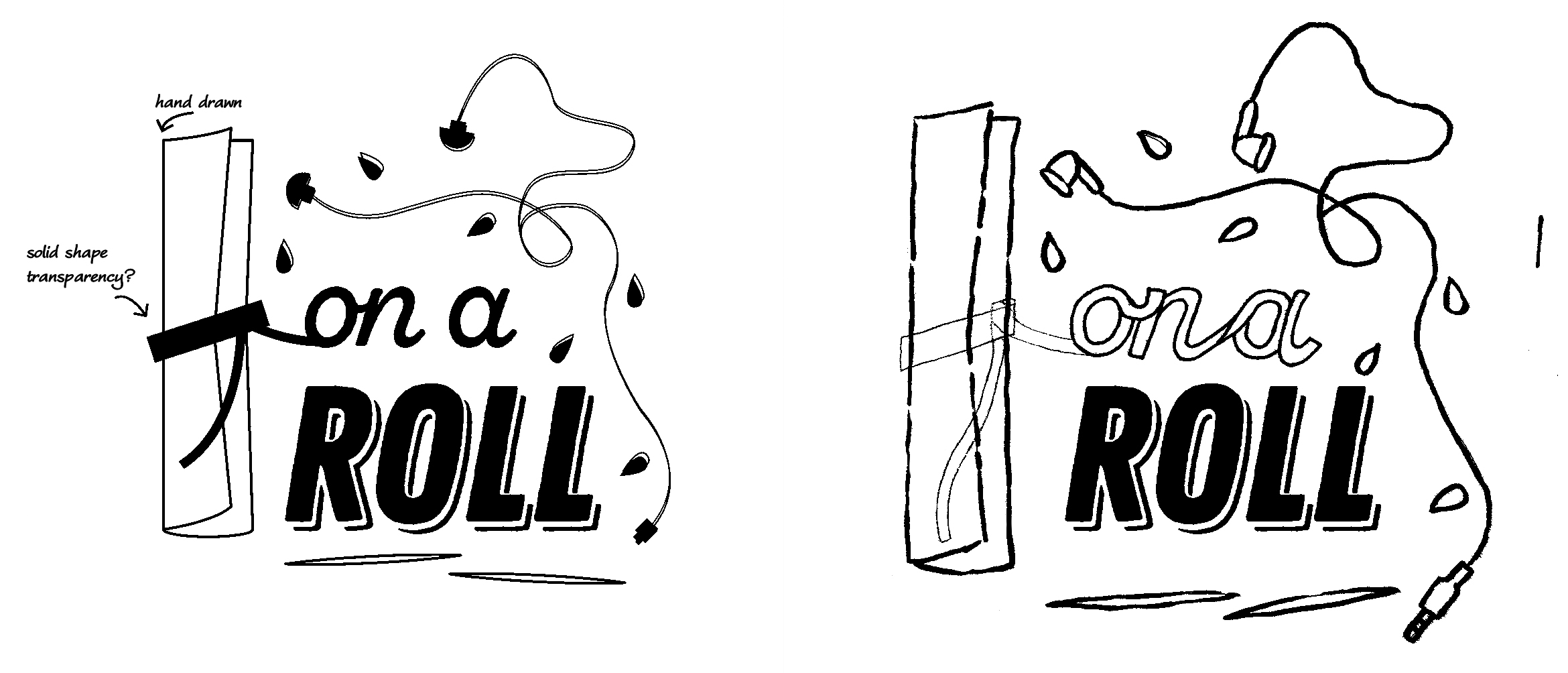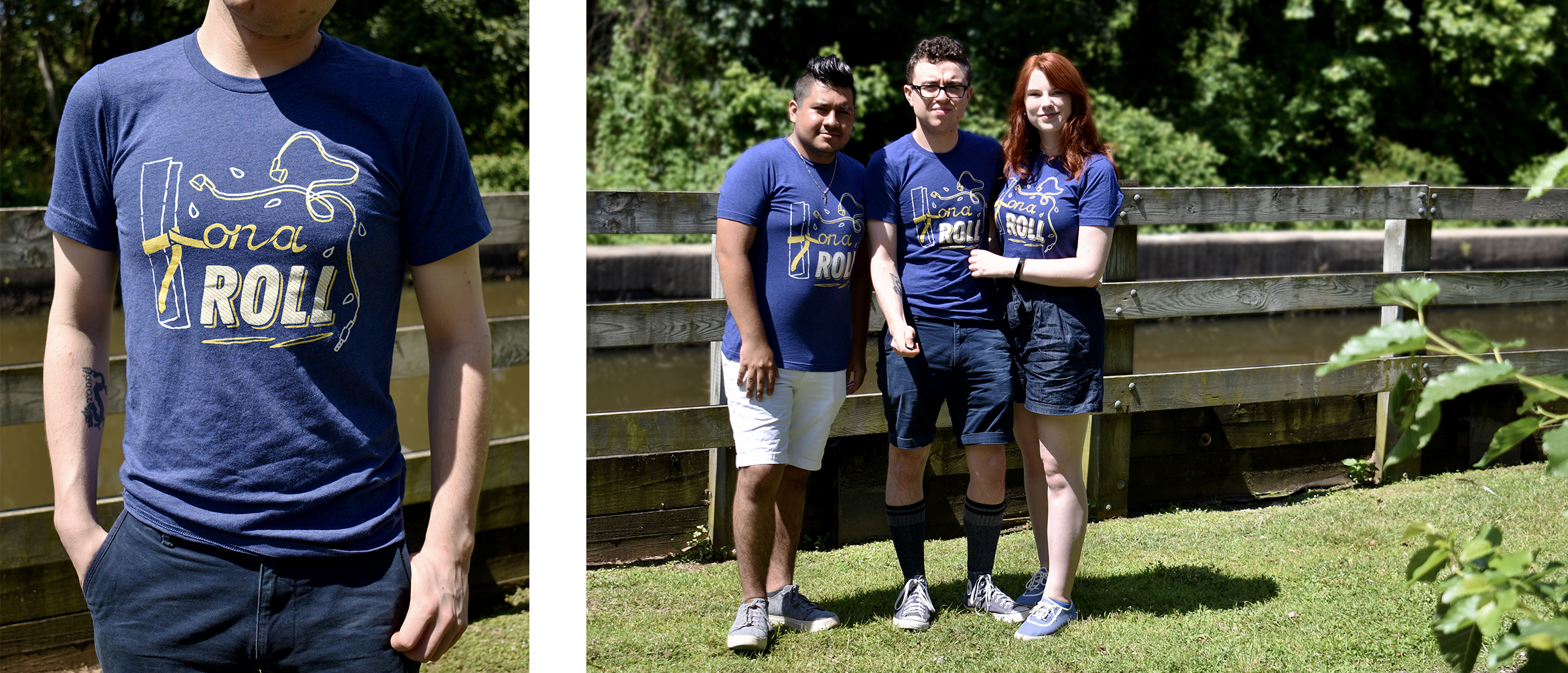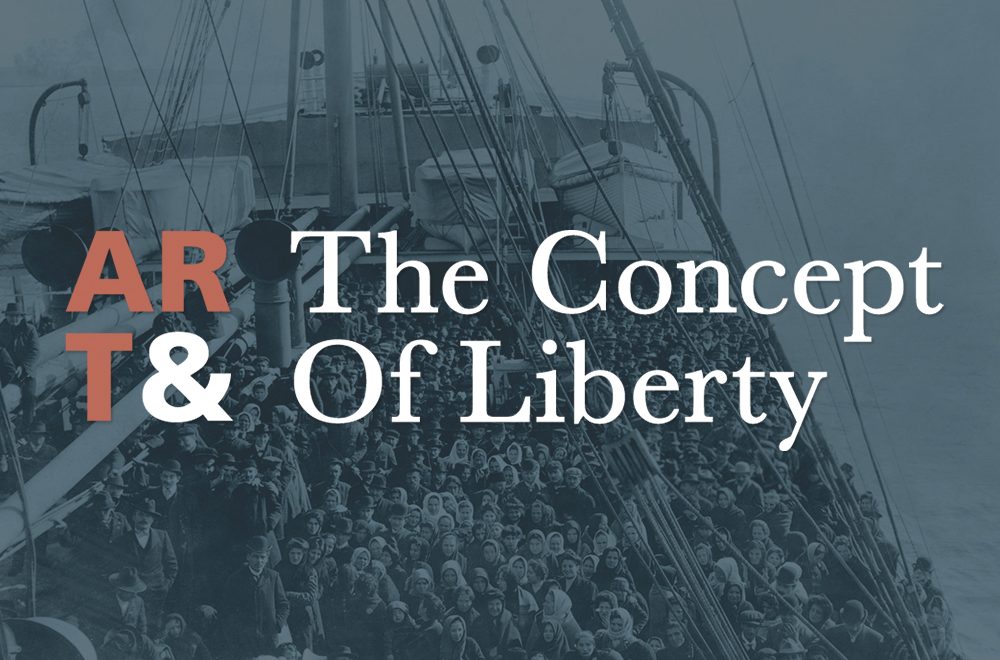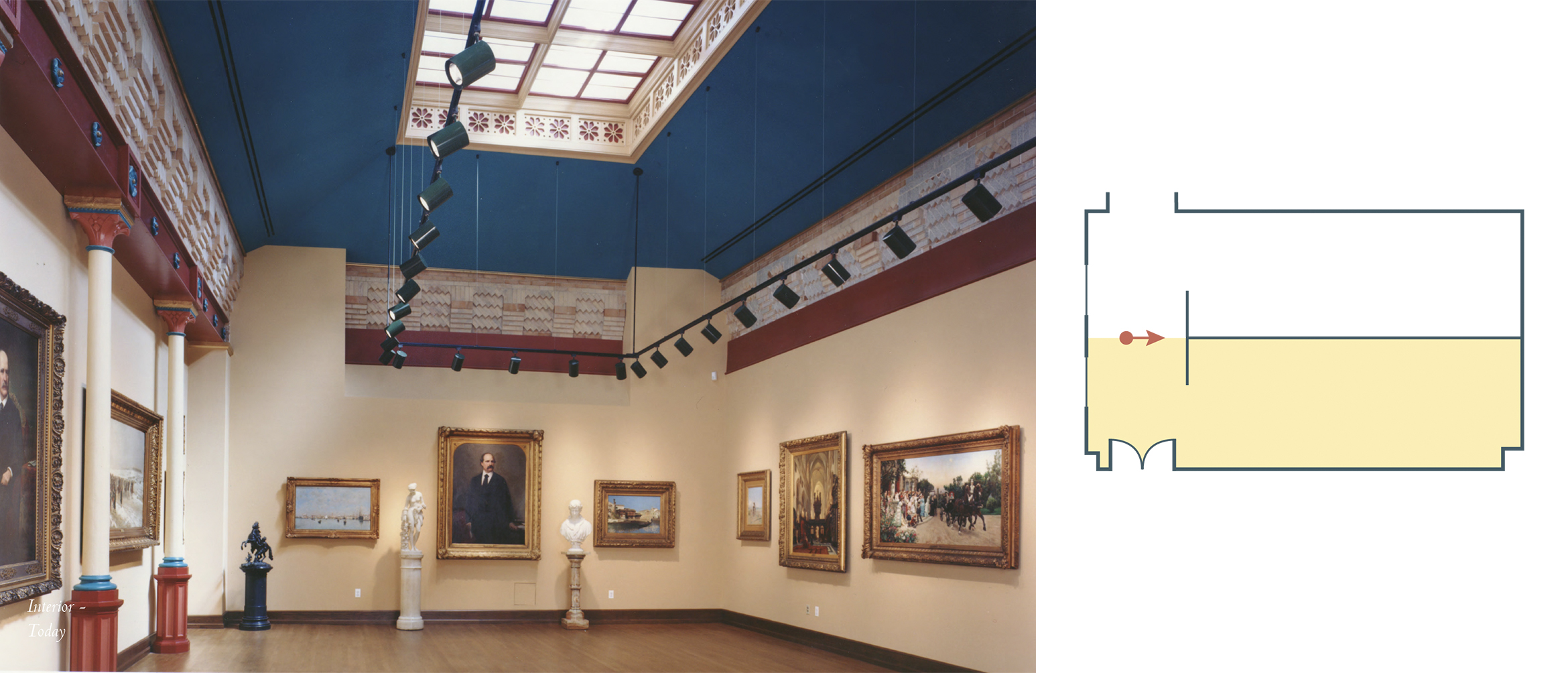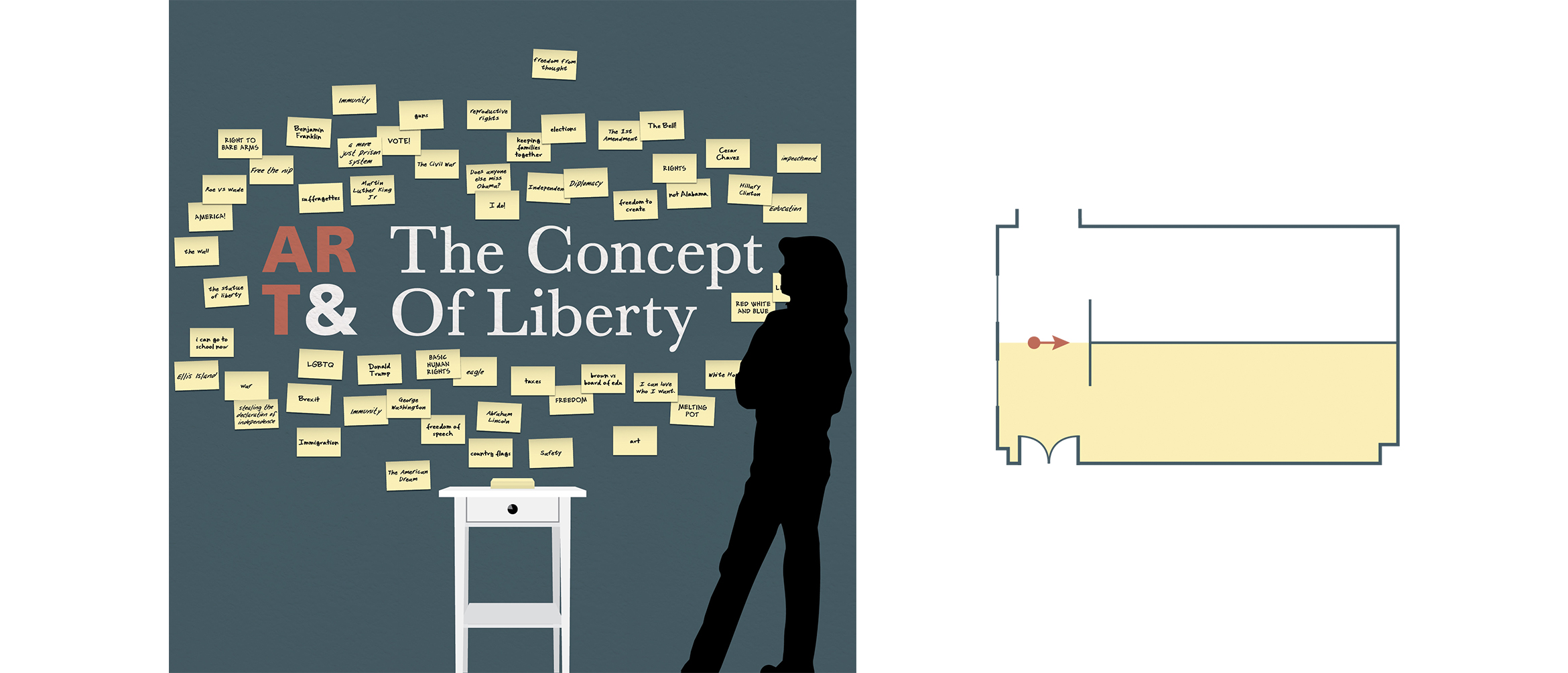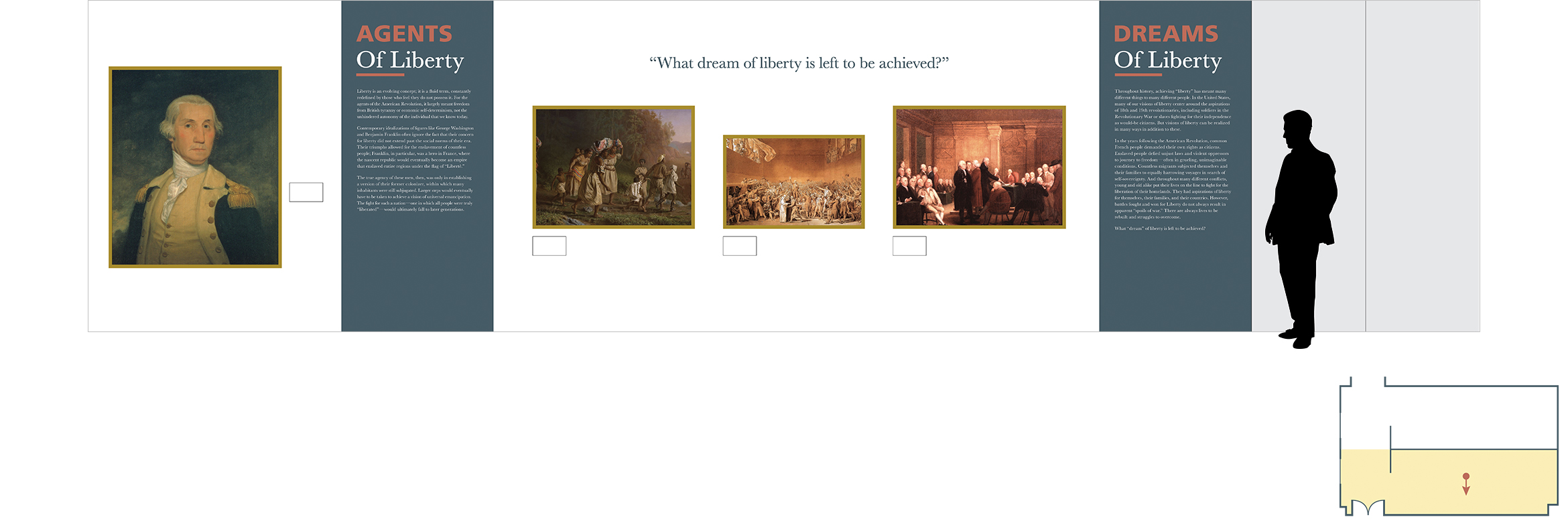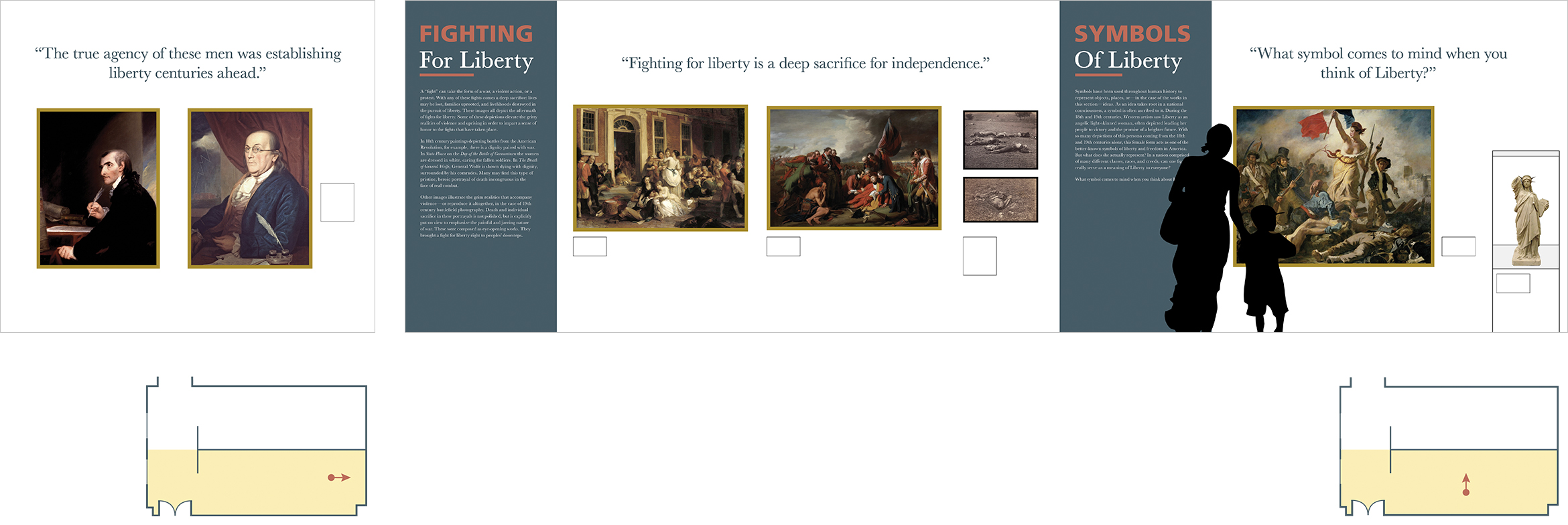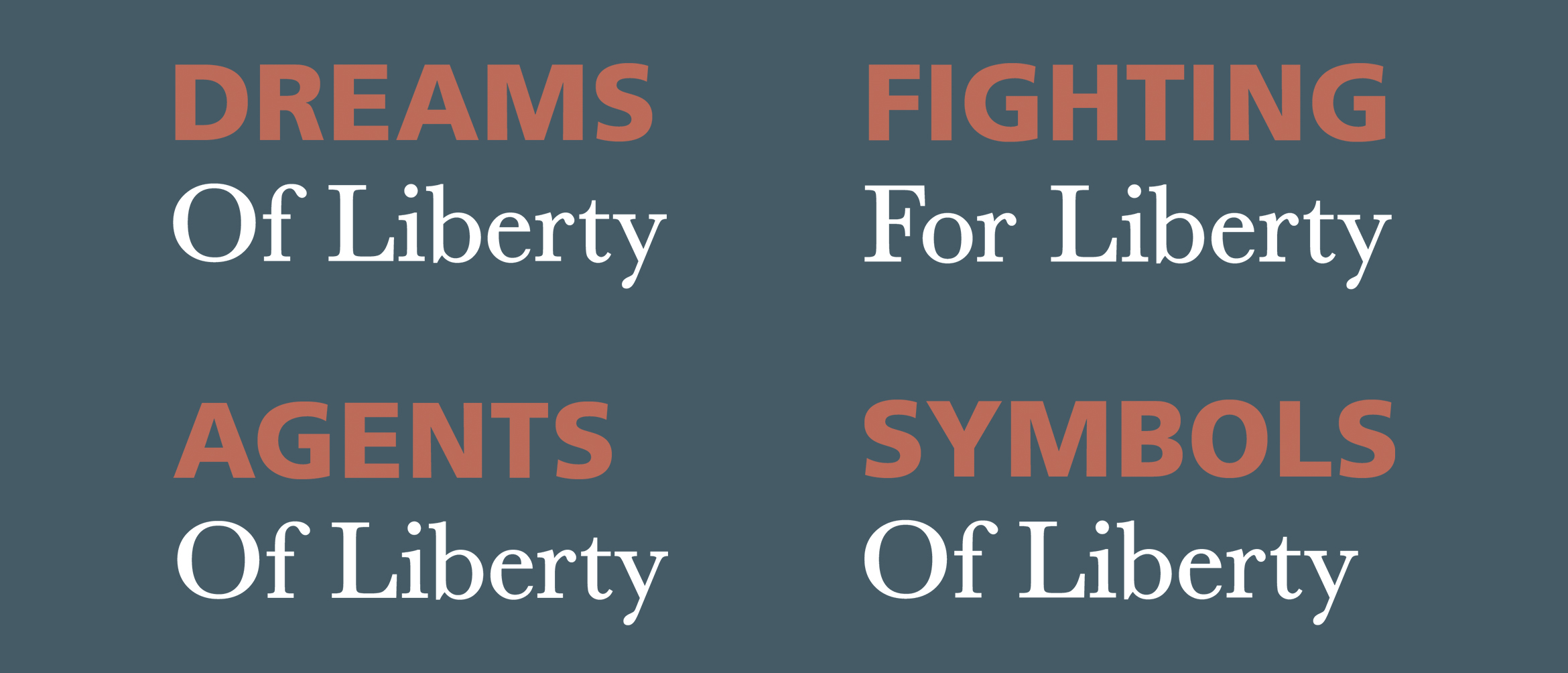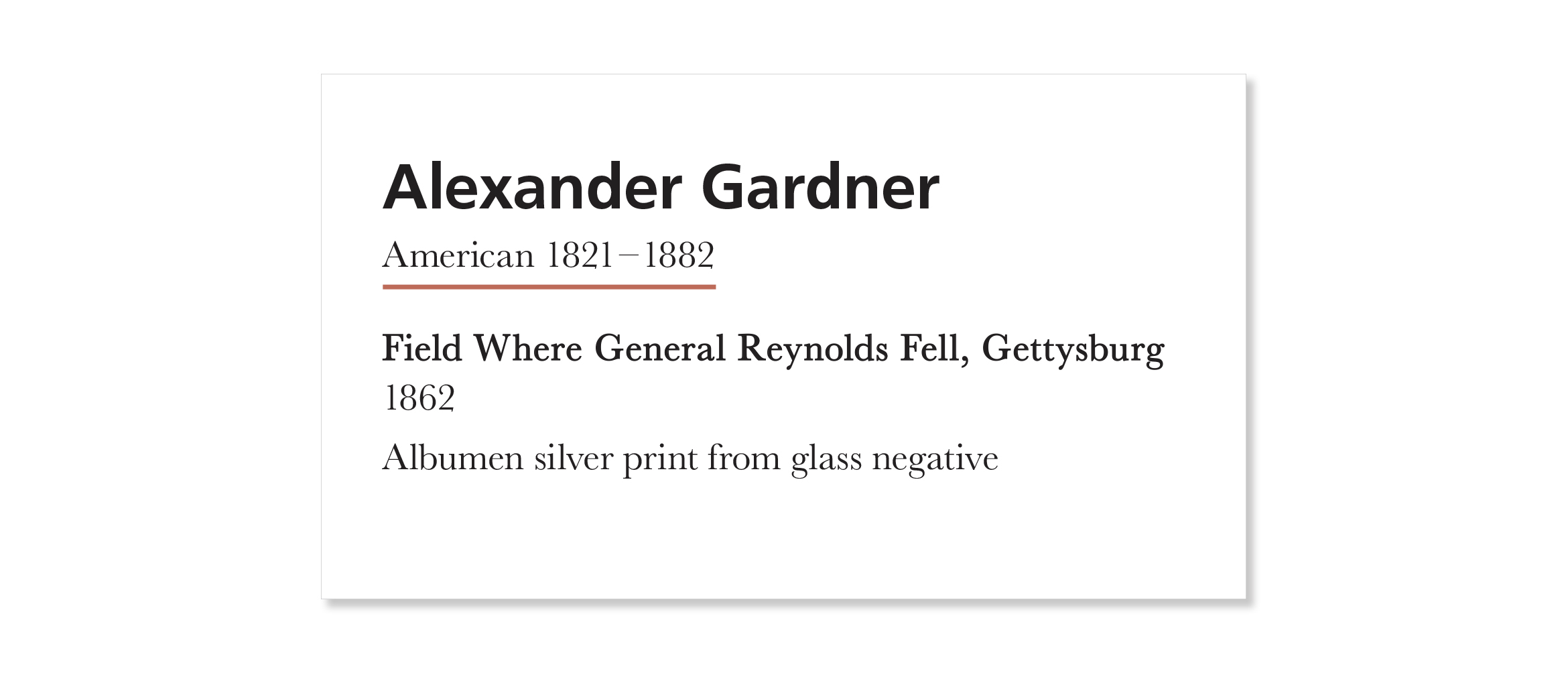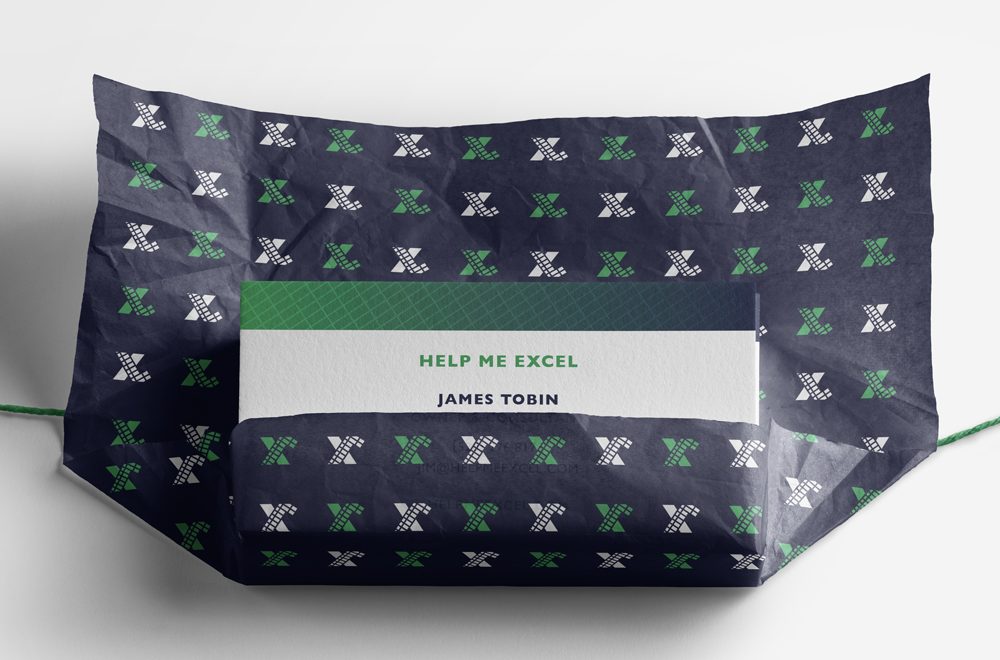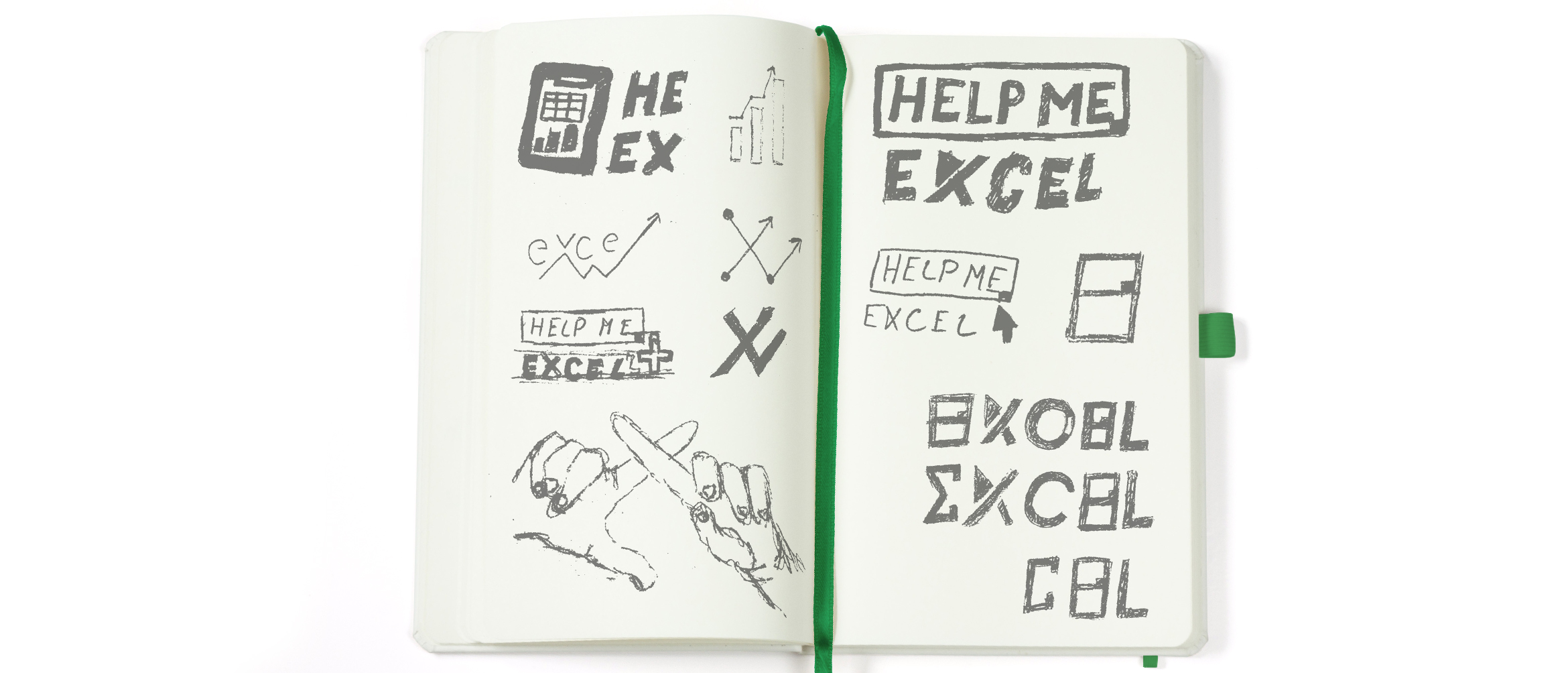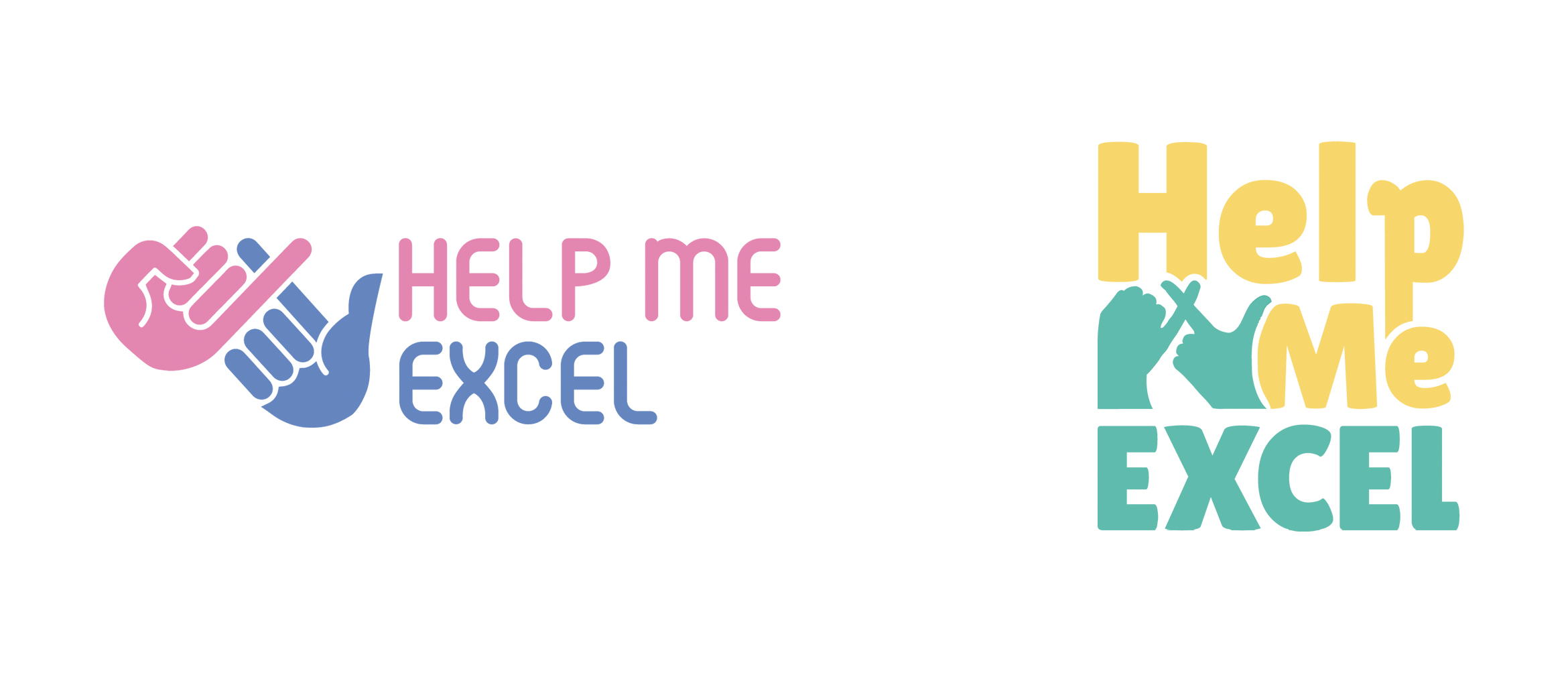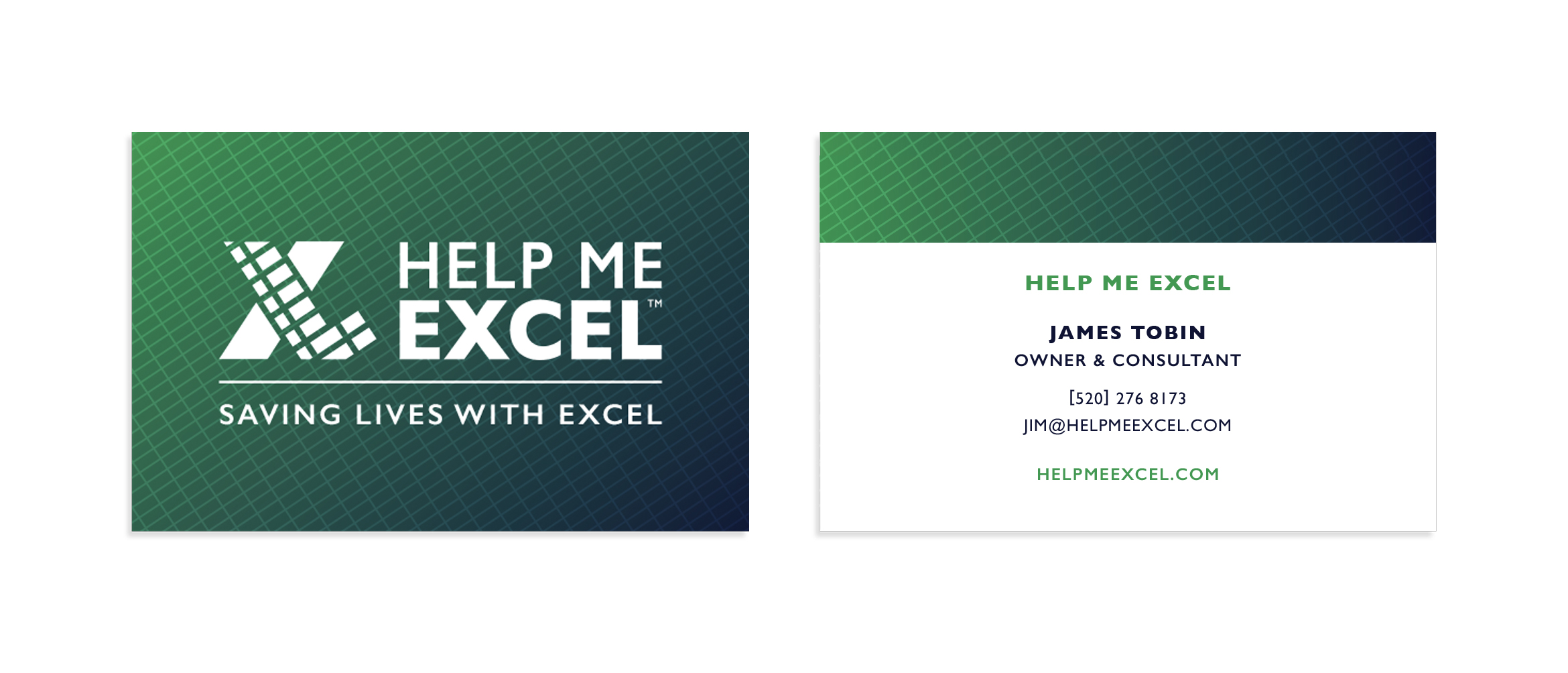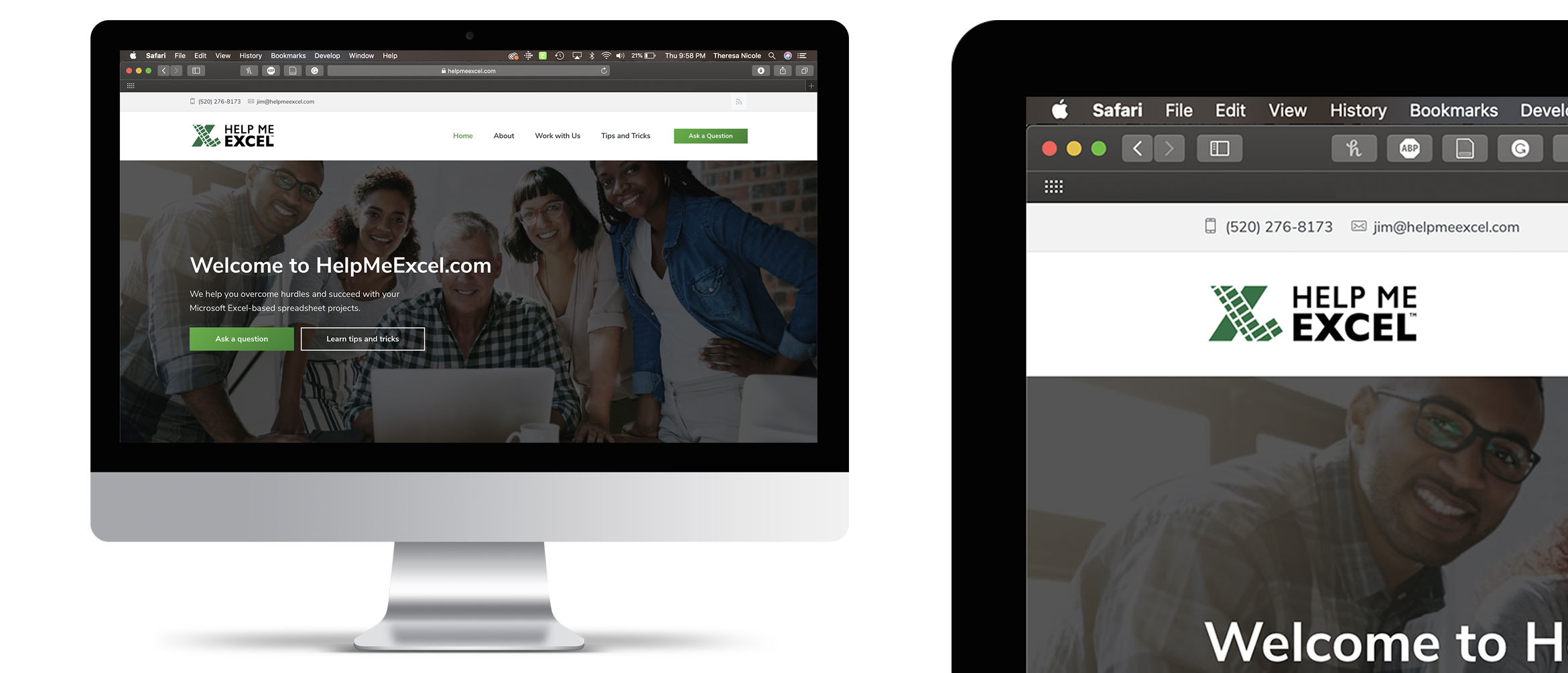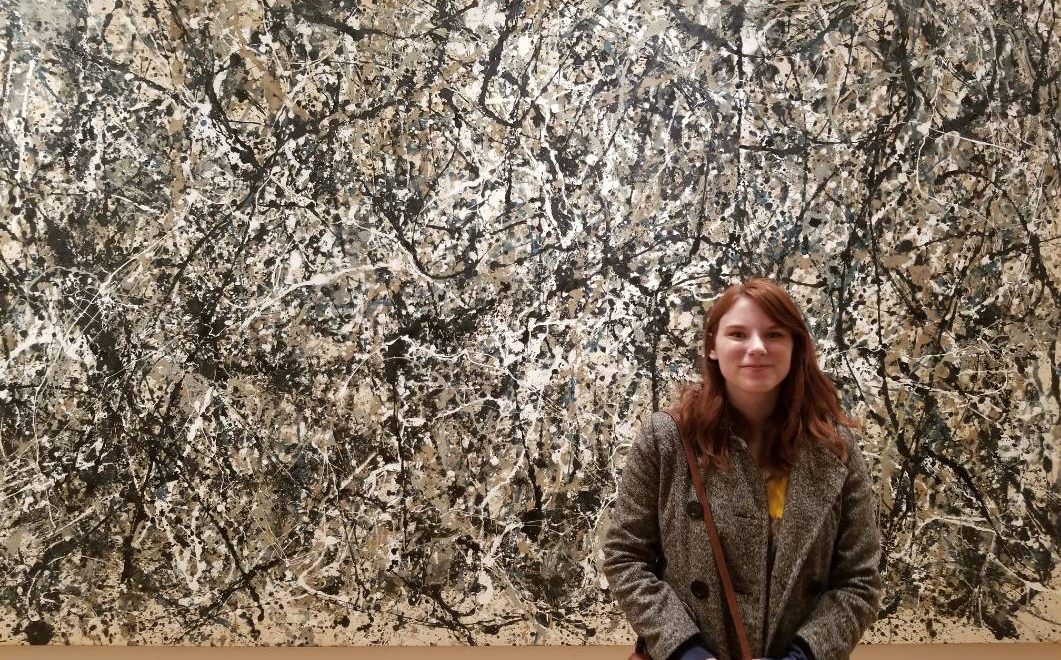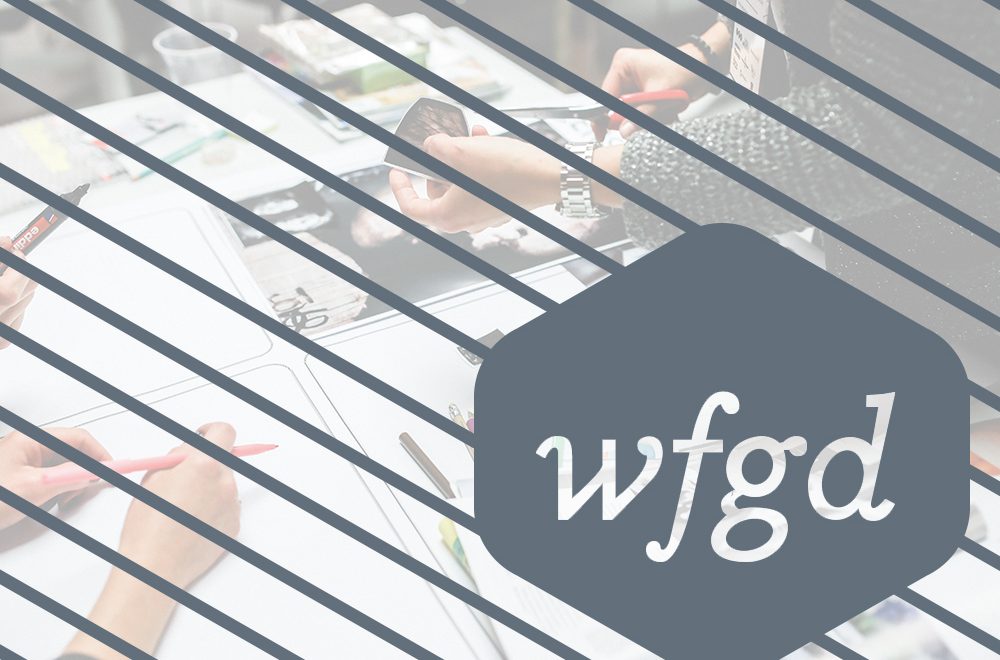The transition of power at Willie Fetchko Graphic Design was a very interesting case. It’s a story following the company’s lifecycle and how its business model shifted in both management and mission. The business Mark Willie and Bernard Fetchko founded in 1985 isn’t the same studio Jenny Yip and Marcy Coffey run today; though, they’ve worked to preserve the company’s history. Willie Fetchko Graphic Design has evolved with time and new leadership, and while those in charge may have had different ways to tackle running a business, they showed how a studio can still thrive, regardless.
Mark Willie was one of my graphic design professors at Drexel University. During my undergraduate publication and book design courses, he’d talk about his experiences as a designer and how he worked his way into the industry.
Mark would laugh and say, “I ended up delivering something from a production company I worked for to this agency and they hired me on the spot. I kind of talked my way into there. I really wanted it and it was really exciting that they hired me. I thought of it as my best break ever. It was a special moment that I was able to make a career out of that.” (Interview with Mark Willie, October 24, 2018)
He started out working strictly on production but was offered more design opportunities during his time at the company and eventually held an active role as the art director. “A certain percentage of the business is proposal writing – which is something I actually really liked, I enjoyed writing the proposals as well as the design and working with clients. It was just part of the business.” (Interview with Mark Willie, October 24, 2018)
During Mark’s time at the marketing company, he also worked with his friend, Bernard Fetchko, another designer. They had knocked around the idea of starting up their own studio one day, but both felt content at their current company. That is, until one day the owner had passed. Once the dust settled, their late owner’s wife decided to take over his role and run the business. She didn’t know much about the marketing industry, and Mark felt his workload increase over time. “We were essentially running the office and the deceased owner’s widow became our de facto boss. And it ended up not being a good situation. So in about a year, I wanted to leave that office.” (Interview with Mark Willie, October 24, 2018) With this sudden change in authority, it felt like the perfect time to depart from their marketing firm and pursue their own business venture.
Typically, when you decide you want to start your own company, there are quite a few formalities you need to address before you proceed to hire staff and work with clients. Aside from deciding on a business structure, and carefully considering a business model, you need to decide what happens to your company if something unfortunate were to happen to you. There should be a designated successor to resume your position in the event of a tragedy. This individual should be thoroughly vetted and possess the skills necessary to continue toward your company’s mission. In this particular case, it would appear that Mark’s superior didn’t consider this when he formed the company, and the property was transferred to his wife legally by default. Even though this wasn’t a particularly large company, many employees and their families’ sense of financial security was threatened by his lack of foresight and should serve as a cautionary tale for other business owners.
In this particular case, the timing for Mark and Bernard to leave their current marketing company to branch out and build their own design studio could not have been more perfect. Mark had already gained experience acting in an administrative role in the design world in his previous art director position. He worked to find clients, write design proposals, advise and design numerous projects, and collaborate with printers and other contractors.
“In the end, it ended up being a really good partnership because I ended up sort of being the designer and my partner Berny was the business part of it. So, we kind of split it into ‘Marketing – Design.’ My partner’s job was to get the business and really market us as a firm.” (Interview with Mark Willie, October 24, 2018)
Most graphic design studios work as limited liability companies (LLC). In this business structure, you can combine the pass-through taxation of a partnership or sole proprietorship with the limited liability of a corporation. Today, the term partnership and LLC are used interchangeably; however, there are slight discrepancies that make a difference in the long run. Partnerships are preferable for time-specific businesses with a set termination or completion date. In this, partners manage the company and assume responsibility for any debt and obligations. Because of this, it’s important that all parties have read and agreed to a very detailed partnership agreement. LLCs are similar to partnerships but protect the personal assets of all participants. It gives flexibility in adding owners or changes in management and has higher credibility in the marketplace overall.
In their partnership, they developed a common dynamic we see today in the design industry: one founder acts as the designer and the other as a business strategist. This dynamic is called dual leadership because each partner takes responsibility for the separate functions of the same company. Mark and Bernard’s relationship challenged most negative assumptions about dual leadership including, “…Conflict is inevitable; Structured communication is required; and that managerial and artistic leaders have divergent yet complementary skill sets.” (Reynolds, Tonks, and MacNeill 2017, 89). This just wasn’t the case. The two had very similar interests because they’re both designers at heart – one just happened to be more business savvy. Their strengths complimented each other in a way that allowed their company to grow.
“…Our findings emerged, we identified a special case of dual leadership within some leadership couples: one which demonstrates a sense of equality and shared responsibility for leadership of the organization at the highest level, irrespective of the formal hierarchical relationship between the two. We identify this as an instance of collaborative leadership, a special case of dual leadership, characterized by an acknowledged interdependency between the dual leaders.” (Reynolds, Tonks, and MacNeill 2017, 90)
After making the decision to work together, Mark sat with Bernard in his home working on projects here and there. As partners, they’d split all their income 50/50 after they paid whatever company maintenance costs accrued over the course of their business. “It was certainly a shock going from a weekly or monthly salary to nothing. The funny part was when Bernie and I started actually making a salary. We used to joke and say, ‘We made money this year!’ Whatever we could afford to pay each other we would do. We’d always make it equal – always equal. So, what we would do is divide it. One month we would make $350, but then the next month we’d make $500.” (Interview with Mark Willie, October 24, 2018) It was at this point that Willie Fetchko Graphic Design was born.
Finding clients is really the main source of income for a graphic design studio. After all, it’s difficult to charge someone for design work when no one knows you exist. When Mark was departing from his old marketing company, he reached out to his past clients and informed them he was moving on to work for himself. Stealing clients is a large ethical issue in the design industry because clients are the crux of our business models. Mark made the ethically sound decision to alert his clients of a change, rather than reaching out to them in his new company so they could decide for themselves what design route they wanted to choose. Not only that but alerting them is a way of saying the partnership they once had would be coming to an end after any current projects they may have been working on. He acted in professional courtesy and found that some of his clients wanted to support his new business endeavor.
For new graphic design startups, it’s vital that you don’t earn a reputation as a client-thief. So much of the design industry is rooted in collaboration. It’s important that you don’t burn bridges, and you help others when you can.
“…As long as we bring integrity and professionalism to the relationship and stick to the simple rules of human relationships: the same ones that also apply in normal social life – empathy, understanding, and tolerance… One of the most valuable assets that a freelance designer or studio can acquire is a database of contacts.” (Shaughnessy 2010, 74–75)
There are situations when a client has a less-than-pleasant experience at one design firm and in turn, chooses another one for their next project. In these cases, the past design firm probably felt stress on that relationship on their end as well. It isn’t outlandish to think they may not be a repeat client. These situations are understandable, and typically don’t fall into unethical waters.
Willie Fetchko Graphic Design has always had a business model – even if it hadn’t been officially planned out and written down during its conception. As long as a company’s mission is clear, the model can easily follow. “A business model describes the rationale of how an organization creates, delivers, and captures value…We believe a business model can best be described through nine basic building blocks…The nine blocks cover the four main areas of business: customers, offer, infrastructure, and financial viability.” (Osterwalder and Pigneur 2010, 14-15) The model usually revolves around a company’s value proposition, or more simply put, the value they deliver to the customer. Surrounding the core value proposition are the clients and the business procedures that keep your company running smoothly. When it comes to your clients, it’s important to know who they are (customer segments), what relationship you have with them (customer relationship), and what channels you interact with them through (channels). Planning all of this out helps you cultivate closer and more successful relationships with your clients that lead to future projects with them. On the business side of the model, it focuses on the key entities that keep your organization running. It’s comprised of activities, resources, and partners. This allows you to take stock of the most important elements of your business, so you understand what you need to pay for. The foundation of any business model is rooted in money. We take care of our customers because we want them to continue to purchase our services. Their money allows us to maintain our equipment, pay our partners, and continue our mission. This portion of the model is broken into the cost structure and the revenue streams. Your cost structure is comprised of the company’s expenses while the revenue streams explain how you’re going to pay for them.
In the case of Willie Fetchko Graphic Design, their value focused on providing a quality graphic design service to local businesses in the Philadelphia area with a specialization in layout design. Their customer segment is considered to be diversified in that they were able to work for a myriad of clients from different backgrounds to create design work ranging anywhere from branding to the layout design of annual reports. “We had a large range of work, but we ended up finding our niche. Our niche ended up being, for a while, a lot of nonprofit clients. We were doing a lot of institutional nonprofit work that morphed into smaller nonprofits and arts organizations.” (Interview with Mark Willie, October 24, 2018) During the process of a project, they developed their own channels to work with their clients and ensure each party got the most from their business relationships. Their behind-the-scenes maintenance was particularly interesting. Their key activities primarily consisted of project design work, corresponding and communicating with clients, writing proposals, monitoring their books, and working with accountants to understand future growth to conduct business more efficiently. These are relatively typical for a design studio. It was an eye-opening experience to hear about their key resources.
“In the beginning, we had a very low overhead when we started because we didn’t have lots of equipment. We had pretty much physical things like drawing tables, art materials and then access to things like printers and copy machines and things like that. As we grew our materials got much more specific for what we needed to maintain the firm.” (Interview with Mark Willie, October 24, 2018)
Today creating a graphic design start-up is wildly different. Printers, among other supplies, are vital to day-to-day work. Testing color aside, designers need to mock-up projects for clients to approve the work before the finished project is sent to an actual printer.
As Mark and Bernard became more successful, and their business grew, they were able to lease proper studio space, purchase all the supplies they needed to print comfortably under their own roof, and hire staff as well. This is a direct result of their revenue stream surpassing their cost structure allowing them to grow and further develop their resources. At this stage of Willie Fetchko Graphic Design’s life cycle, the two partners felt comfortable. The company was experiencing steady growth, and they were able to bring on a couple more designers to help with the workload. “We ended up landing at the sweet spot of four of us in the office it was myself, my partner, and two designers and then, with sometimes a fifth person as a [Drexel] Co-Op. It was the most we’d ever want and the most manageable at the time.” (Interview with Mark Willie, October 24, 2018)
A successful studio is a busy studio. Mark and Bernard ran Willie Fetchko Graphic Design on their own. Hiring a couple of designers helped to make the client workload more manageable, but Mark noticed he was in a similar situation he had once experienced years ago at his old marketing agency. Mark was writing proposals often, and he often found himself working on the business end of the company with Bernard due to their popularity. In, what I’m sure was a difficult decision, Mark decided to ultimately exit his partnership and teach graphic design full-time at Drexel University.
“If I were to do it over again, I’m sure I would’ve done a lot of things differently, but I think that model of small design firms was a good one. I loved collaborating with other designers. I did well working in an atmosphere with design happening around me, and the fact that it was part of my business was really important.” (Interview with Mark Willie, October 24, 2018)
One doesn’t typically compare a business to human life. Some would argue it’s a callous interpretation that diminishes the value of life; however, they would be thinking too literally. When you create a company, you watch it grow and develop from a scrappy start-up into a mature entity that eventually, one day, declines to a terminal end – much like our own lives. Formally, there are seven stages to an organization’s life-cycle: idea, startup, growth, maturity, decline, a turnaround opportunity, and termination. During the company’s peak maturity, Mark felt that he wasn’t doing what he loved as much as he would’ve liked, and he wanted to get back to designing. As a founder, he understood that his views no longer aligned with the mission of the company, and felt it was best to step away. Because he and Bernard hadn’t previously discussed how Mark would transition out of the company, they needed to bring in an expert to facilitate the process.
During this time, Jenny Yip and Marcy Coffey worked as graphic designers at Willie Fetchko Graphic Design. They had originally met at the office, despite the fact that they were both Drexel Alumni. Jenny completed her Drexel Co-Op at the studio and was brought on to work full time. Interestingly enough, she hadn’t had Mark as a professor during her undergraduate courses. Marcy had Mark as a professor previously but saw the studio had a position open and expressed interest after she graduated. “Jenny: When Mark decided to leave, we didn’t see it coming.” (Interview with Jenny Yip and Marcy Coffey, November 24, 2018)
Mark’s transition process out of the company ended up being more time consuming than anyone had initially expected. Once Mark announced that he wanted to leave Willie Fetchko Graphic Design, Bernard decided that he would depart after a couple more years. The process ended up taking over a year to complete. In the transition, Mark sold his half of the company back to Bernard – which is standard in procedure once a partnership dissolves. Because the company had debts, clients, and other assets, the process proved to be much longer than anyone had entailed.
“Jenny: During the buyout, the initial offer was that Berny would have 50% and we would each be 25%. Things ended up shifting over time, but that was the original offer…Berny had a proposed price, and he said that it was fine as long as it was incrementally increased. We worked with the lawyer for like a year…Berny was like, ‘Oh my God, if the paperwork takes this long, and I only want to stay on for another year…. With the paperwork taking this long, why don’t you girls just buy the whole company from me? I don’t want to do this again.’ So we did.” (Interview with Jenny Yip and Marcy Coffey, November 24, 2018)
That decision led to Jenny and Marcy owning their own studio, WFGD.
Jenny and Marcy had briefly talked about owning their own studio one day together, but I’m sure they didn’t think it would happen so quickly and under these circumstances. In buying Willie Fetchko Graphic Design, they bought its studio space, supplies, (some) clients, partners, debts, as well as Mark and Bernard’s shares. Over the course of a few years, they paid Mark and Bernard a stipend after the major down payment they paid initially for the company.
The transition was a very complicated process for a number of reasons. First of which, was the fact that Jenny and Marcy weren’t experts in business. They had learned a lot from working at a smaller studio, but nothing could have prepared them for the logistics that followed. They were essentially back to the start-up phase of the company’s lifecycle. Luckily, they had more of a foundation than when Mark and Bernard had first conceived the company.
“Jenny: We had to set up a new entity for ourselves…We had to change the name of the business. In the eyes of the federal government, we are a new business. We have a different EIN number than Willie Fetchko Graphic Design. Marcy: We didn’t want to be liable for anything from the old company; in case something came up like old tax issues.” (Interview with Jenny Yip and Marcy Coffey, November 24, 2018) Registering as a new company gave Jenny and Marcy a clean slate of sorts. Going through the set-up phase allowed them to fully understand their business structure, while also giving them an official starting point. This made them familiar with any paperwork they needed to keep track of in case of an audit or any other foundational issue. Because they had never owned a company, they wanted to make sure they did their due diligence in setting up WFGD properly while learning along the way.
After watching the difficulties unfold in the recent shift of power, they worked hard to create an air-tight partnership agreement, among other things, as precautionary measures. In moments like this, they needed to hire sound legal counsel. It is so imperative to have a good relationship with your company’s lawyer and accountant. Though it can be expensive at times, their advice (hopefully given in advance) keeps your business out of hot water. It’s always best to ask for help sooner rather than later. Jenny and Marcy felt it was a priority that the people they hired worked well with them and had the best intentions for WFGD. They were very selective about who they worked with because your key partners directly influence the success of your business. With this in mind, they made the decision to hire a new accountant that would work closely with them to put together a budget and financial plan for the future of their company. “For the fledgling design company, having a good accountant is like having a good psychoanalyst…The main benefit, though, is having someone to talk to and someone who will listen to you about business concerns.” (Shaughnessy 2010, 59)
Jenny and Marcy’s partnership dynamic is much different than that of Mark and Bernard. While Mark and Bernard split up their specialties between design and business, these ladies work as direct equals. Jenny and Marcy both work as full-time designers while carving out time to address certain necessities like pay or design proposals. Their secret to juggling the inner workings of WFGD all comes back to time management. “Marcy: We used to try and do it where Fridays were billing days, and it just doesn’t work that way. Things are just so fast-paced, and it’s like every day is different. We just kind of roll with the punches. And as we’ve been doing this a long time, we became less stressed with it, and we know we’ll find a solution.” (Interview with Jenny Yip and Marcy Coffey, November 24, 2018) Marcy laughed and mentioned that just recently she gave two weeks’ notice for her upcoming vacation because they noticed a slight lull in the work and it seemed to work out just fine. In a more intimate studio like WFGD, this type of flexible schedule works really well because there are fewer lives to manage and it doesn’t interfere with any client timetables. It allows them to get the time they need to recuperate while also tending to their client base.
One of the major challenges that came with purchasing WFGD was making the company feel like their own. In the beginning, they were still operating out of Mark and Bernard’s original space, using their equipment, and working with some of their own clients.
“Jenny: This space was very different than it is now. We had to work out where the walls would go and carpeting and windows for light…We’ve been here for three years. It felt like a brand-new space, so we made it feel like it was our own. Before we did inherit a lot of stuff like tables, so when we moved here, we could have a fresh new start. In the old place, we tried buying furniture, but it always felt like we were in someone else’s house.” (Interview with Jenny Yip and Marcy Coffey, November 24, 2018)
Moving to another floor, even though they were still in the same building, really helped them feel like they were building something new together. It was truly a turning point for the company.
When I visited WFGD, I was immediately greeted by their office dog, Scrapple, who sat in the corner demolishing a bone while I spoke to Jenny and Marcy. Their space looked so fresh and fun – you could absolutely see their personalities oozing out of every corner of the studio, especially in the conference room. We sat at an aluminum table with popcorn and candy displayed proudly in the center, and as I spoke to them, their recent work was tacked up behind them. Today, Jenny and Marcy shared that the mission for WFGD has shifted as they took over. They still deliver quality graphic design work but have more of a focus on branding and identity.
Their overall business model shares a lot of similarities with Willie Fetchko Graphic Design in that a lot of their success is dictated by the amount of client work they receive; however, there are a lot of differences it’s important to highlight as well. WFGD has shifted their value proposition to building brand identities as their specialty, while still offering other standard graphic design services as well. Their customer segment hasn’t necessarily changed, but they have noticed a decline in their non-profit sector of their clients. While I spoke with them, they shared that they don’t use traditional marketing as a channel to reach out to their clients. WFGD has experienced great success using their newly updated web presence in collaboration with their social media usage and word-of-mouth to find work. It seems this method works well for them when they went on to share more about their customer relationships. “We try to go after as many proposals as we can. We’re small. A lot of times when people meet us, if it’s clients we haven’t met in person, they definitely think there’s a whole staff underneath and that we’re just the contact. We go in for meetings and they go, ‘Oh, so who else is in your team?” and I’m like ‘You’re looking at the team!” ‘I literally thought there were sixteen people there.’” (Interview with Jenny Yip and Marcy Coffey, November 24, 2018)
The concept of using social media as a way to attract potential customers is relatively popular now, but also specific to this decade. “New technologies have opened up access to a wide range of interactivity devices: from article-assessment mechanisms (“Like”) – which content publishers can use to better target their production – to the constitution of their own social networks, exclusive to some readers. In the same vein, the creation of a page on existing social networks (e.g., Facebook) is a new option in the interaction between publishers and consumers. These interactivity devices are often supplemented with discussion forums.” (Benghozi and Lyubareva 2014, 4) Previously, social media hadn’t gained enough traction on a national or global scale; therefore, it wasn’t an effective way of reaching out to clients or companies. This isn’t the case today, with at least 81% of America’s population owning a social media account.
I noticed substantial changes in their key resources and partners that stood out to me since their activities mostly were made up of the general maintenance and design work we’d seen in Mark and Bernard’s business. Jenny and Marcy explained the importance of updating their technology and resources to keep their business running smoothly. One of the major changes they’ve implemented was the installation of a company server. Marcy’s husband proved to be incredibly helpful when it came to this because of his background in technology. The two of them shared that it made work a lot easier because they could access their server remotely from home if they needed to work outside the office, while it also allowed them all to work on a client project at once and share the files in real-time. It’s made their work a lot easier, and it backs up their work as a safety precaution as well. This has become a common staple in the graphic design industry today and in the digital age in general.
Despite WFGD’s small size, Jenny and Marcy bridge a lot of gaps through collaboration. The studio often partners with other creative specialists in the area to expand their overall scope of work.“Marcy: We always want to be small. We’re never going to be that big agency that offers all this stuff. Another great thing about being small is that we get to partner with other people like other web design firms, writers, communication firms, photographers. We’re a small firm but when we have bigger proposals, we try to bring everyone onto our team.” (Interview with Jenny Yip and Marcy Coffey, November 24, 2018) By reaching out, they’re able to maintain their smaller size without sacrificing the services they’re able to provide. When they feel that WFGD isn’t able to take on a project, they also work with the client and make recommendations to other creatives who might be able to help them. They always put the needs of their clients first, even if they may not be the best option for them. This mindset strengthens their relationship with their own clients and with other creatives in the industry.
“Jenny: I feel like part of what makes us who we are is the care that we take in design and the way that we work and listen. I don’t think that it’s necessarily replicable… You can’t just tell someone to do what we do. We’re small and custom.” (Interview with Jenny Yip and Marcy Coffey, November 24, 2018)
WFGD’s size isn’t indicative of its future. Jenny and Marcy don’t want their studio to get too big, and at the moment, they’re quite happy with their three-woman team. The three of them are able to accomplish a surprising amount of work together, and the fact that they all work so well together speaks to their enormous success. Large companies can be difficult to manage, and at the end of the day, these ladies are designers at heart. They don’t want a future where they’re burdened by keeping the company running and no longer have a creative role. Moreover, their size offers flexibility that just wouldn’t be possible with rapid expansion. Now, they can go out for lunch with other specialists and learn from them – maybe even partner with them! The design boutique experience they offer allows them to cultivate close relationships with their clients that wouldn’t be possible if they had a middleman answering all of their incoming phone calls and booking their meetings. WFGD takes design personally, and it’s visible from their business plan to every client interaction.
“Marcy: We both have lives outside of work that we need to also handle like family and kids and lives, so right now I feel like it’s a sweet balance. We have one other person working in the office and that helps with workflow and ideas and keeping things fresh. So right now, we’re in a sweet spot, but that might change so we’re very fluid. Jenny: There may come a day when your main job is finding clients and it’s no longer working on design. We want to avoid that from happening.” (Interview with Jenny Yip and Marcy Coffey, November 24, 2018)
At the end of the day, Jenny and Marcy have created a company built on a sense of balance. They’ve figured out how to manage their design passion with business upkeep and their personal lives and achieved a true sense of happiness in what they do. Their work is a direct reflection of themselves, and I’m excited to see how they transition into the next step of their business’s lifecycle.


